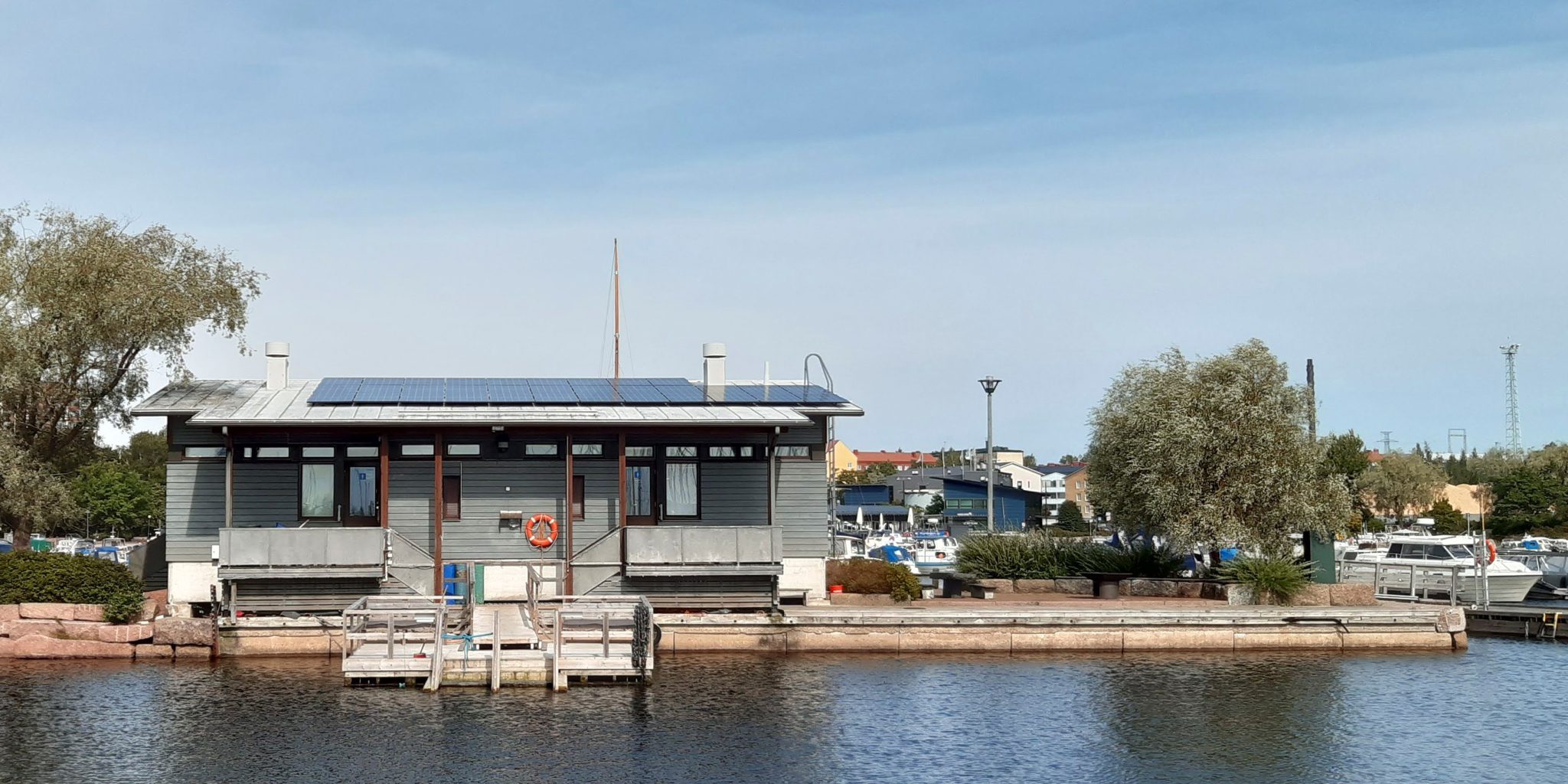We research: Improving the energy efficiency of small ports
In the Central Baltic region, boating tourism is a popular way to spend holidays and leisure time. The coasts of Finland and Sweden, with their tens of thousands of islands, are a world-famous boating tourism area. At the heart of sailing and boating are small ports with their services and surroundings. With the growing pace of climate change, small ports are also under pressure to develop their operations in an increasingly environmentally friendly direction. Uncontrolled climate change may have unpredictable consequences for the future of the boating.

Climate change mitigation and other environmental issues, such as eutrophication of the Baltic Sea, are increasingly important and concern boaters, as well. Carbon dioxide is the greenhouse gas over which humans have the greatest influence, and its levels in the atmosphere have increased since the beginning of the industrial era, mainly due to the use of fossil fuels. At the same time, global temperatures have gradually risen, and the climate has changed. Energy production is responsible for the vast majority of fossil carbon dioxide emissions and a good way to contribute to reducing CO2 emissions is to save energy and use renewable energy sources, i.e. develop energy efficiency.
Small ports, depending on their size and level of service, also consume energy, especially in the summer season. One of the main themes of the CBSmallPorts project (1.3.2020-30.11.2022) was to investigate the energy consumption of small ports – where it is used, what has already been done to improve energy efficiency and what more could be done.
In addition to basic infrastructure, the ports had already invested in various energy efficiency technologies, such as photovoltaics, in previous Interreg Central Baltic (CB) projects under the same thematic funding. As one of the research methods, CBSmallPorts sought to draw on information on these existing energy efficiency investments and measures, and good practices and lessons learned. In addition to collecting the materials produced by different projects, a questionnaire "Energy efficient and environmentally friendly small port" (in three languages) was carried out to the ports involved in energy efficiency investments to gather more detailed information on the current situation.
A publication was written on the investments made by the 13 harbours in the CBSmallPorts project itself, summarizing the processes and technical information on the investments and collecting and refining experiences. In addition, a more in-depth energy audit focusing on electricity was carried out in one small port. Energy audit involved a preliminary review of the port's electricity consumption data from the last couple of years, a visit to investigate the energy consuming equipment and operations and a final report on feasible efficiency measures for the port including appropriate calculations.
All the results were published in a report entitled "Energy Efficiency in the Small Ports – Evaluation and Development", which summarizes and analyses the data collected. One of the outcomes was the creation of an A4 self-assessment form for energy efficiency in small ports, which will help the port to get started in evaluating, making changes, and investing in its energy efficiency. This A4, the publications and all other material and information produced by the project are available on the project website balticsmallports.eu, which aims to make the information produced by CBSmallPorts and other projects under Interreg CB 2014-2020 more accessible to boaters and port developers.
Did you know?
- The annual production profile of solar energy fits well with the energy consumption profile of a small port – much better than, for example, a detached house, where consumption peaks in winter.
- One investing port in Estonia also received a small wind turbine, which will enable the port to achieve almost full energy self-sufficiency, together with an earlier solar power plant.
